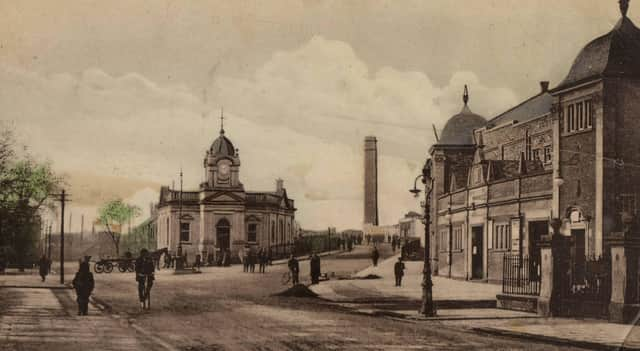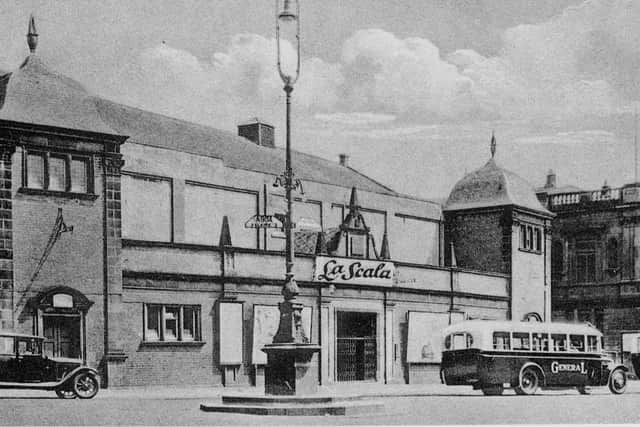Ian Scott: A walk round Charing Cross will change your mind about Grangemouth


There are several fine old buildings there which tell us a lot about the growth of the village into a large and important town.
The very name Charing Cross has an interesting and romantic story though it relates to the original London version of the name which I suppose inspired the powers-that-be in Glasgow and Grangemouth.
Advertisement
Hide AdAdvertisement
Hide AdIt dates back to the 13th century when the beloved wife of King Edward I, Eleanor of Castile, died in the city of Lincoln.


Her body was brought 100 miles to London with 12 overnight stops.
The Hammer of the Scots ordered a stone cross to be raised at each resting place with the last one close to the village of Charing, now in the city centre.
Only three crosses have survived and Charing Cross is not one of them.
Advertisement
Hide AdAdvertisement
Hide AdHowever the name lives on as a reminder of a bereaved King’s homage.
He was a big softie after all!
Back in Grangemouth in the Victorian period the population was spilling out of the old town and erecting fine new buildings which reflected their growing prosperity.
The earliest was the Parish Church opened in 1866 in what is Union Road today.
However it was too close to the new railway and was replaced by the present church in Ronaldshay Crescent in 1911.
Advertisement
Hide AdAdvertisement
Hide AdIn the meantime the Free Church which already had a building in the old town opened a new one in 1884 at the cross.
Today it is a restaurant appropriately called The Earl of Zetland.
As well as churches there were new public buildings like the classical Town Hall (1886) and the Victoria Public Library (1890) both designed by Falkirk’s most prolific architect of the period, William Black.
The library was built for Queen Victoria’s jubilee using money gifted by Andrew Carnegie.
Advertisement
Hide AdAdvertisement
Hide AdThe Town Hall was a grand replacement for the building with the clock tower which survived until recent times.
However the two surviving Charing Cross buildings I like best are the former bank buildings on the gusset site facing east along Bo’ness Road and the former La Scala picture house.
The former Commercial Bank with its very fine clock tower and copper dome dates to 1911.
It has a carved panel with the coat of arms of the bank but today it is an evangelical church.
Advertisement
Hide AdAdvertisement
Hide AdIt is a beautiful building just like the old cinema which began life two years later as the Empire Electric Theatre which is the name carved above the doorway.
It was a variety theatre and a cinema changing its name to the La Scala in 1916.
In the 1930s as part of the switch to talking pictures there was a major refurbishment to the design of the architect Alister MacDonald, the son of the Labour Prime Minister Ramsay.
It closed in 1971 and had a new life as the Carlton Bingo Club until the smoking ban brought the end in 2006.
Advertisement
Hide AdAdvertisement
Hide AdI love the design with its red brick and white sandstone trim and the ‘towers’ at the each end of the façade.
I really hope that it will survive and be put to some good use in the future.
Far too many people think of Grangemouth as nothing more than a big industrial town.
A walk round Charing Cross with eyes open will surely change their minds.
